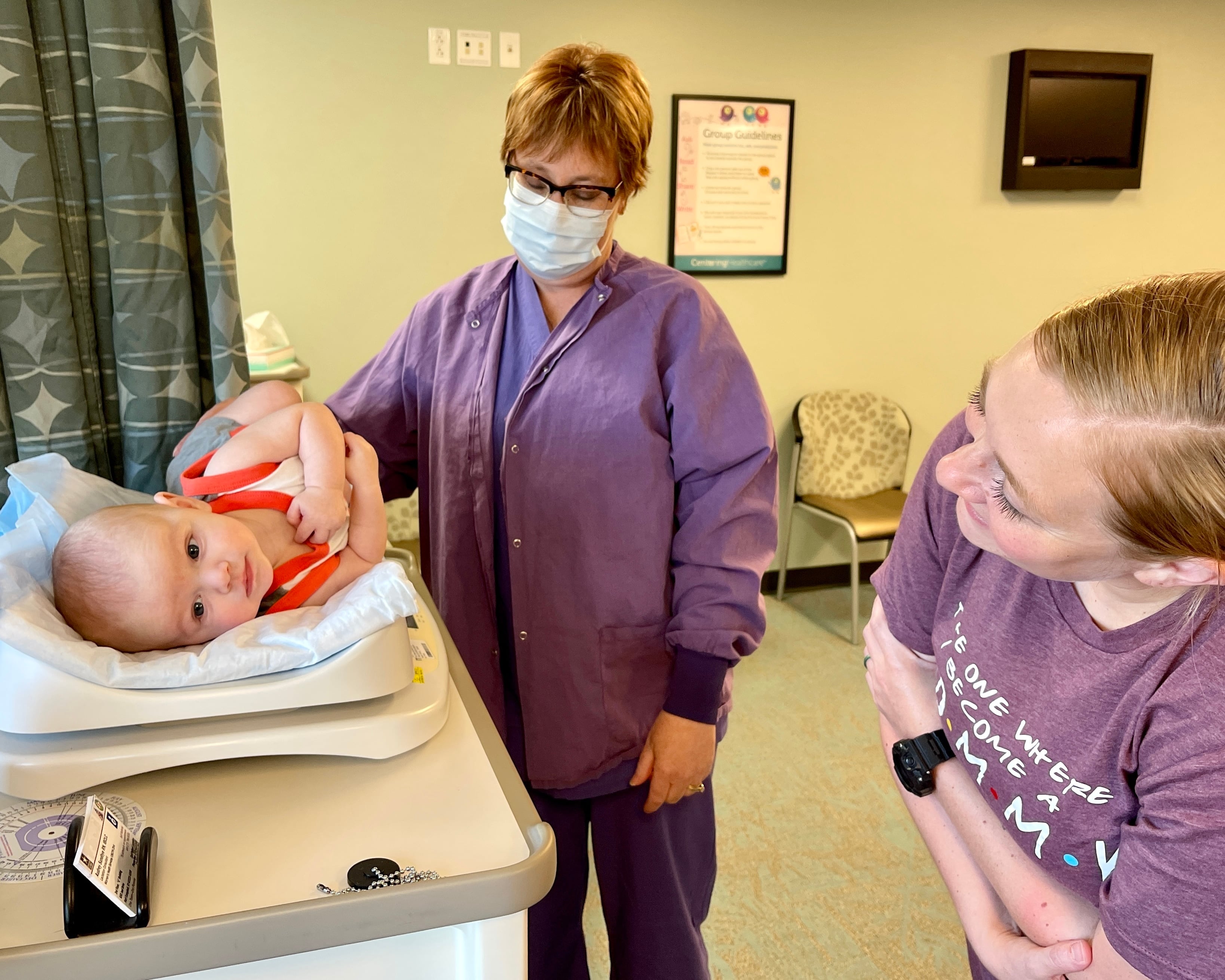Unions representing transferred employees to the Defense Health Agency are pushing back against an aspect of labor law that they say limits their ability to retain representation.
The 2017 national defense authorization act directed the consolidation of military health care centers with DHA at the helm to better share administrative services between facilities in the same region. As 46,000 employees converged, they took their unions with them, and now they’re sorting out who represents who. More than half of those who transferred were members of identified bargaining units, the agency said.
RELATED

The issue, some smaller unions say, is that they aren’t getting to vote on which union will represent them in certain cases. Legal precedent says that when employees are brought under a new agency and there are multiple unions vying for representation, the one that already covers 70% of individuals in the post-transfer unit wins successorship, no election needed.
That’s a concern for Peter Cantwell, president of the National Association of Independent Labor, who said his organization could lose potentially hundreds of dues-paying members in the reshuffle. NAIL represents 18,000 total employees.

“This type of decision-making is inherently unfair and counters the spirit of the President’s executive order empowering the workforce,” Cantwell wrote in a letter to the White House and leaders of Congress. “Employee wishes would not be considered. Employee empowerment would not be realized.”
At DHA, nine unions are involved in successorship, including NAIL, the American Federation of Government Employees, the National Association of Government Employees, the National Federation of Federal Employees, Association of Civilian Technicians, International Association of Machinists and Aerospace Workers, Metal Trades Council, International Brotherhood of Painters and Allied Trades and the American Nurses Association Illinois.
NFFE, NAIL, ACT and AFGE responded to questions from Federal Times.
AFGE said it represents about half of the total military and civilian workforce transferring to DHA, while the rest are either unrepresented or covered by other unions.
In markets where successorship is determined without an election, smaller unions Federal Times spoke with fear they’ll lose membership, saying the current process favors larger organizations that don’t have the local relationships they they do.
“I’ve already had people tell me that they’re not going to join a union that somebody from D.C. is dictating to them,” said Suanne Massey, vice president of NAIL Chapter 11.
Jefferson Friday, general counsel for NFFE, said members are concerned that losing people would be disruptive to the progress local councils have made with leadership and employees.
“Whenever the government reorganizes like this, it creates intra-union strife,” he said. “Which I kind of view as counterproductive, especially right now with the Biden administration saying and doing good things about encouraging union organizing. Something like this ends up being a distraction from all that. We end up battling with each other over people that we already have.”
It’s not the first time employees and unions have come under new management, and in the past, competition can be fierce when unions converge. When the Department of Homeland Security was stood up after Sept. 11, Friday said one case for representation took several years.
Cantwell also said that this situation flies in the face of the Federal Labor Relations Management Statute recognizing employees’ ability to organize and participate in labor organizations “of their own choosing.”
Clear supermajority
Cathie McQuiston, AFGE’s deputy counsel, said putting representation of each newly formed unit to a vote could hinder swift decision-making because it could require unions to spend time and resources on individual elections when in some cases, one union already has a clear supermajority.
Appeals to hearings decisions or elections can also stall determinations.
“That’s going to break the unions,” she said in a phone interview.
But if that means employees get a voice, so be it, said Terry Garnett, retired national president of the Association of Civilian Technicians.
“Who am I to come in and say ‘you’re now in my union?’” he said.
Some members have also questioned the structure of the units, saying markets force together facilities that group different military services, chains of command and cultures, even if the employees share job duties, management and working environments.
“Whenever there’s a big reorganization like this, the FLRA needs to certify appropriate bargaining units,” Friday said. “But it doesn’t have to be the most appropriate bargaining units. There can be other workable configurations. And so here’s a question of trying to find something that comports, to some extent, with the agency structure, but also [with] NFFE’s goal that would also allow us to represent as many of our folks as we can.”
The Colorado market, for example, is comprised of four treatment facilities and several medical clinics located in Colorado and Utah.
“Now we’re having one entity that’s supposed to represent what two, or three entities have been taking care of in the past,” Massey said. “The [individualized] attention that we’ve been able to provide for employees is not going to be there anymore.”
Peter Graves, a spokesperson for DHA, said the agency has no role in determining representation, though some told Federal Times they do feel it’s the agency’s responsibility to facilitate a smooth transition.
Graves said DHA will hold town halls to address employee questions about any pending transfers, as well as regular updates via email and newsletters.
Eric Prag, a spokesman for the FLRA, did not say exactly how long successorship determination would take, adding that the Office of the General Counsel “investigates all cases, and their unique facts and circumstances.”
Molly Weisner is a staff reporter for Federal Times where she covers labor, policy and contracting pertaining to the government workforce. She made previous stops at USA Today and McClatchy as a digital producer, and worked at The New York Times as a copy editor. Molly majored in journalism at the University of North Carolina at Chapel Hill.
In Other News




